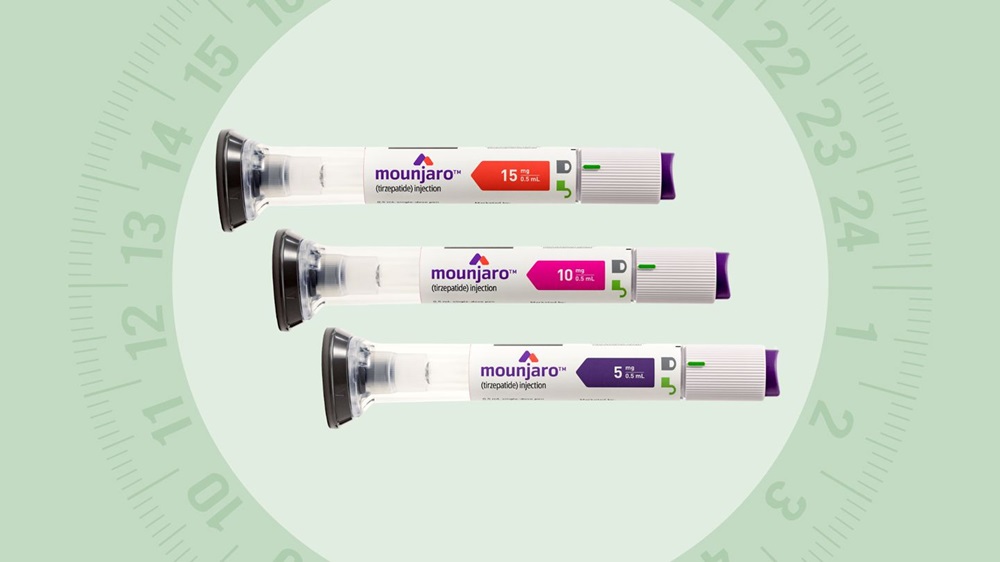The Weight Loss Medication Timeline: Finding Your Perfect Match
Explore the key differences between short-term and long-term weight loss medications, including effectiveness, side effects.
When exploring weight loss medication options, you’ll quickly discover that not all treatments follow the same timeline or strategy.
Let’s break down the crucial differences between short-term and long-term medications to help you make an informed decision about your weight management journey.
Quick Comparison: Short-Term vs. Long-Term Medications
Key differences at a glance:
| Feature | Short-Term Medications | Long-Term Medications |
| Duration | 12 weeks or less | 1 year or more |
| Weight Loss | 5-10% body weight | 15-20% body weight |
| Side Effects | Generally mild, temporary | Can be longer-lasting |
| Cost | Lower monthly expense | Higher long-term investment |
| Insurance Coverage | Often limited | Usually better covered |
Short-Term Medication Characteristics
These medications typically work through:
- Appetite Suppression
- Reduced hunger signals
- Decreased food cravings
- Early satiety
- Portion control support
- Metabolic Effects
- Temporary metabolism boost
- Increased energy expenditure
- Enhanced fat burning
- Improved insulin sensitivity
Long-Term Medication Profiles
Common features include:
- Sustained Action
- Consistent appetite control
- Hormonal regulation
- Blood sugar management
- Metabolic adaptation
- Behavioral Support
- Habit modification
- Lifestyle changes
- Eating pattern adjustment
- Long-term sustainability
Effectiveness Comparison
Real-world results show:
| Timeline | Short-Term | Long-Term |
| 3 Months | 5-8% loss | 5-10% loss |
| 6 Months | N/A | 10-15% loss |
| 1 Year | N/A | 15-20% loss |
| Maintenance | More challenging | Better sustained |
Success Factors
Key elements for optimal results:
- Short-Term Success
- Rapid initial results
- Lifestyle modification
- Clear end point
- Transition planning
- Long-Term Success
- Gradual, steady progress
- Sustainable changes
- Ongoing support
- Behavioral adaptation
Side Effect Profiles
Understanding potential effects:
| Effect Type | Short-Term | Long-Term |
| Digestive | Mild, temporary | Can be ongoing |
| Sleep | Minor disruption | Usually stabilizes |
| Mood | Initial adjustment | May need monitoring |
| Energy | Variable | Generally stable |
Cost Considerations
Financial planning for each option:
- Short-Term Costs
- Lower monthly expense
- Limited duration
- Fewer medical visits
- Less monitoring needed
- Long-Term Costs
- Higher monthly expense
- Extended duration
- Regular medical supervision
- Comprehensive monitoring

Making Your Choice
Consider these factors:
Personal Factors
| Factor | Short-Term Better If | Long-Term Better If |
| Weight Goals | <10% body weight | >15% body weight |
| Timeline | Quick results needed | Gradual progress acceptable |
| Health Status | Fewer complications | Complex medical history |
| Support System | Strong personal support | Needs professional guidance |
Lifestyle Compatibility
Assessment criteria:
- Daily Routine
- Medication timing
- Meal scheduling
- Activity patterns
- Sleep habits
- Long-Term Goals
- Weight maintenance
- Health improvements
- Lifestyle changes
- Quality of life
Medical Monitoring Requirements
Understanding oversight needs:
| Aspect | Short-Term | Long-Term |
| Doctor Visits | Monthly | Every 2-3 months |
| Lab Work | Initial and final | Regular monitoring |
| Side Effect Checks | Weekly initially | Monthly ongoing |
| Progress Tracking | Weekly weigh-ins | Monthly assessments |
Combination Approaches
Sometimes mixed strategies work best:
- Sequential Use
- Start short-term
- Transition period
- Long-term maintenance
- Ongoing support
- Integrated Approach
- Multiple medications
- Lifestyle interventions
- Behavioral support
- Medical monitoring
Success Strategies
Maximize your results:
For Short-Term Success
- Preparation
- Clear goals
- Support system
- Lifestyle changes
- Transition plan
- Implementation
- Consistent use
- Regular monitoring
- Lifestyle adherence
- Progress tracking
For Long-Term Success
- Foundation Building
- Realistic expectations
- Sustainable habits
- Support network
- Professional guidance
- Maintenance Planning
- Ongoing monitoring
- Adjustment strategies
- Lifestyle integration
- Progress evaluation
Red Flags and Warning Signs
Watch for these indicators:
| Warning Sign | Short-Term | Long-Term |
| Side Effects | Severe initial reactions | Persistent issues |
| Progress | No results in 4 weeks | Plateau beyond 3 months |
| Health Changes | Sudden symptoms | Gradual concerns |
| Emotional Impact | Acute anxiety | Chronic mood changes |
Conclusion: Making Your Decision
Consider these final points:
- Personal Assessment
- Health status
- Weight loss goals
- Timeline preferences
- Support needs
- Professional Guidance
- Medical history review
- Risk assessment
- Treatment planning
- Monitoring schedule
Final Recommendations:
- Consult healthcare providers
- Consider all factors
- Plan for transitions
- Monitor progress
- Stay committed
- Adjust as needed
Remember that success with either option requires:
- Commitment
- Consistent medication use
- Lifestyle changes
- Regular monitoring
- Professional guidance
- Support
- Medical oversight
- Personal encouragement
- Professional guidance
- Community connection
Whether you choose short-term or long-term medication support, your success depends on matching the treatment to your personal needs, goals, and lifestyle.
Consider all factors carefully and work closely with your healthcare provider to make the best choice for your weight loss journey.













